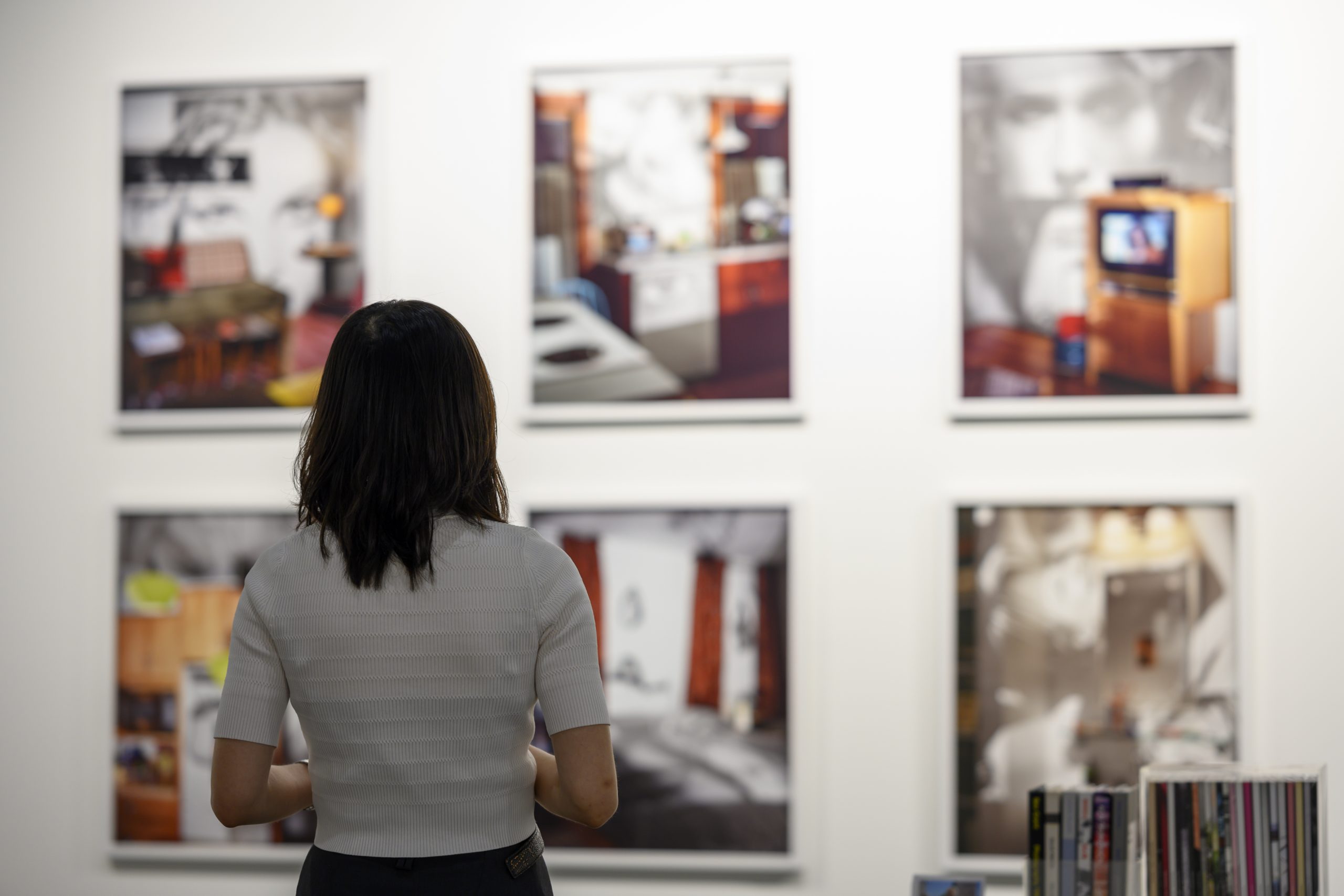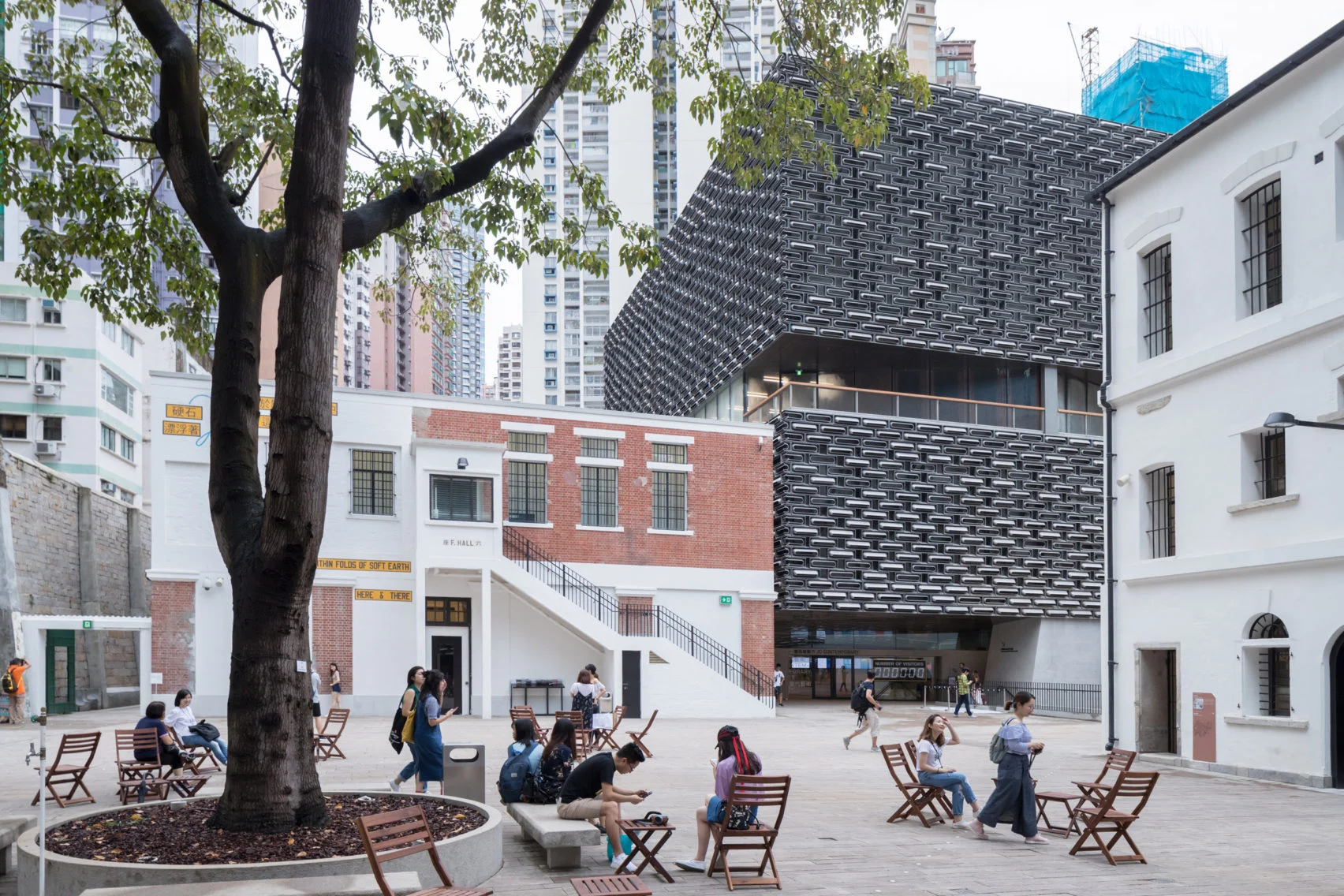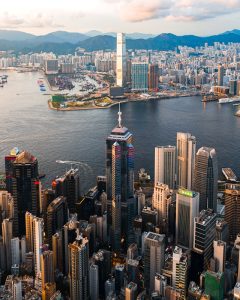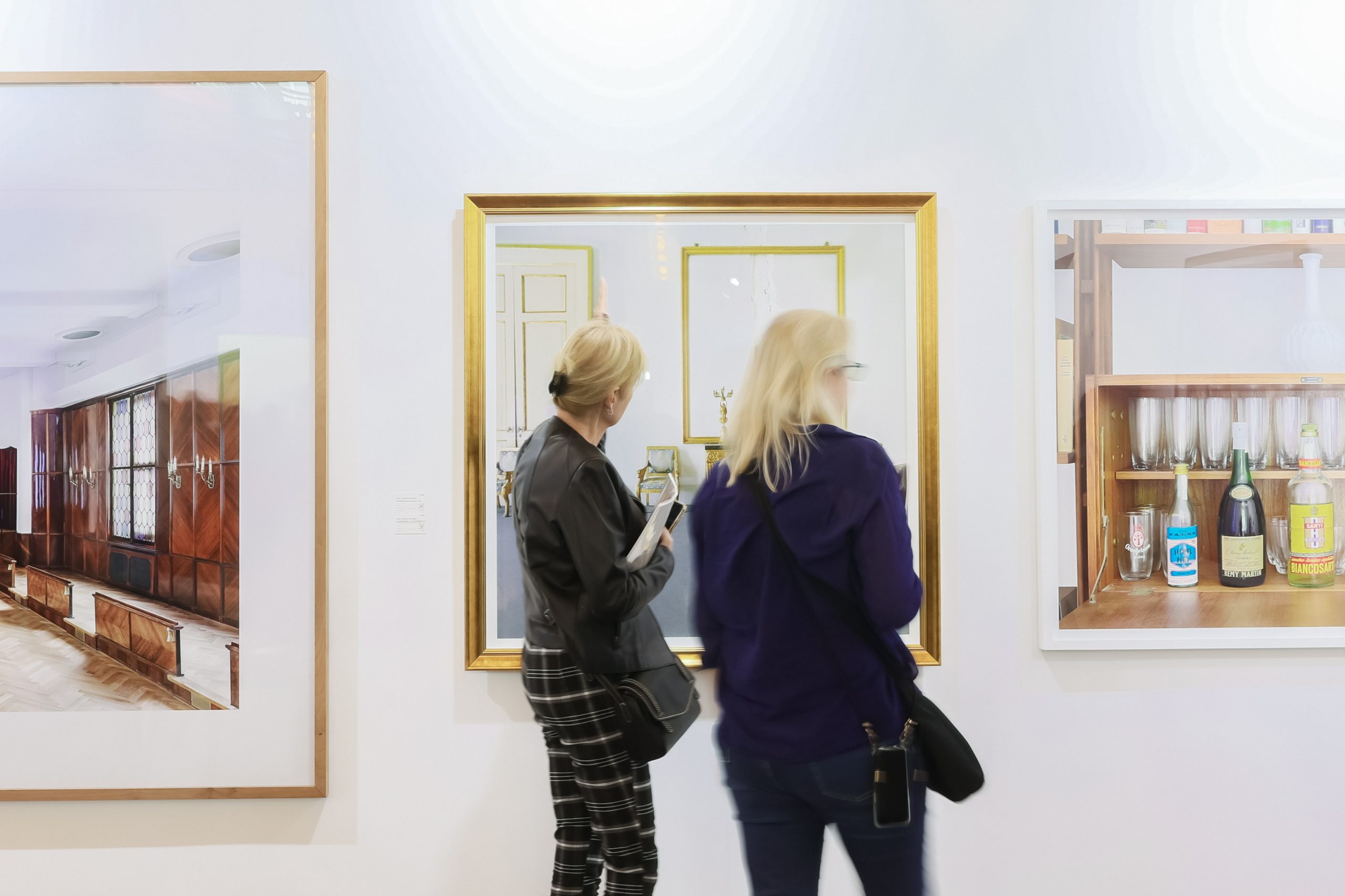Photography and lens-based works have been one of the most exciting mediums for collectors in the past few years. Among the many reasons for the rise of the medium is the availability of high quality works at an approachable price-point for new and young collectors. Alongside market prominence, photography and lens based artists have also found remarkable recognition in global museum and institutional shows in recent years. As you begin your exploration of the photographic medium, here are a few key terms that will help you navigate the field.
Edition
Photographs are usually created in editions, that is, in numbered sets, and can vary from editions of 3, 8, 20 and so on. The editions are respected by the artist and usually controlled by their gallery. If a work is not editioned or numbered, it was most likely made at a time when editioning had not yet become an industry norm. A good example of this is Man Ray and Lang Jingshan, who did not edition their prints. Contemporary photographers always edition their prints and it is understood in the industry that smaller editions are more desirable and therefore on average, more valuable, than prints from a larger edition. An important thing to remember is that as an edition is sold the price may go up as it becomes rarer. Do ask the gallery how they stagger the pricing so that you understand the value of each print you are looking at.
Artist’s Proof
An Artist’s Proof (A/P) is one of the most exclusive prints a collector can acquire. Traditionally, a test print made by the photographer, an Artist’s Proof is outside of the edition size. Signed by the photographer as ‘proof’ that particular print is the way the creator intended it to look, artist’s proofs are generally sold at a premium of 10 to 30% above a standard edition. These are often very desirable and rare.
Unique Works
Some photographers add — often by hand — text, paint or gold leaf onto a print, which makes a unique artwork. For example, American photographer Duane Michals is known for incorporating text into his photo-series, to add a new dimension to the images’ meaning and tint them with simultaneously poetic, tragic and humorous tones.
Vintage vs Printed Later
The term Vintage is used for photographs usually made before the 1980s, when artists didn’t set a number of editions to their works. A vintage print is made within one to five years of the negative, while Printed Later (or Modern) prints refer to any prints made after this duration but during the photographers’ lifetime. In contrast, Posthumous or Estate prints are produced after the photographer has died. This information is usually marked in the titles of all works. Compared with other prints, Vintage and Printed Later editions are rarer and therefore more valuable.
Condition Reports
Condition Reports are not necessarily provided by the gallery. Wear and tear is expected with older prints so the condition ‘issues’ become a part of the print, rather than a hindrance. However, any large format color contemporary work should be in excellent condition and should not show any issues.
Provenance
Provenance relates to where the print comes from. In terms of the artist and authenticity, look for a signature, an artist’s stamp or ask for other forms of documentation that proves the work’s origin. Provenance has a significant impact on a work’s value. For example, was the print once owned by an important collector or a leading Museum? Was it in important exhibitions? If so, this will add to the desirability and value of print. A good example of this is Wang Bing’s West of the Tracks created between 1994-2001, and later shown in the 14th Documenta held in Kassel, Germany, to great acclaim.
Digital Manipulation
Digital Manipulation is a topic of ever-increasing relevance in contemporary art, especially in the photographic medium. In essence, digital manipulation can be an artistic technique like burning or montage used in more historical works. When used by artists transparently, the technique can expand the borders of photography and lens-based art. For example: Multidisciplinary artist Hannah Diamond creates ‘hyperreal’ portraits of pop artists and has a major influence on experimental music aesthetics of recent times.
PHOTOFAIRS Hong Kong will take place 26-30 March 2025 (VIP Preview March 25) at the Central Harbourfront.



